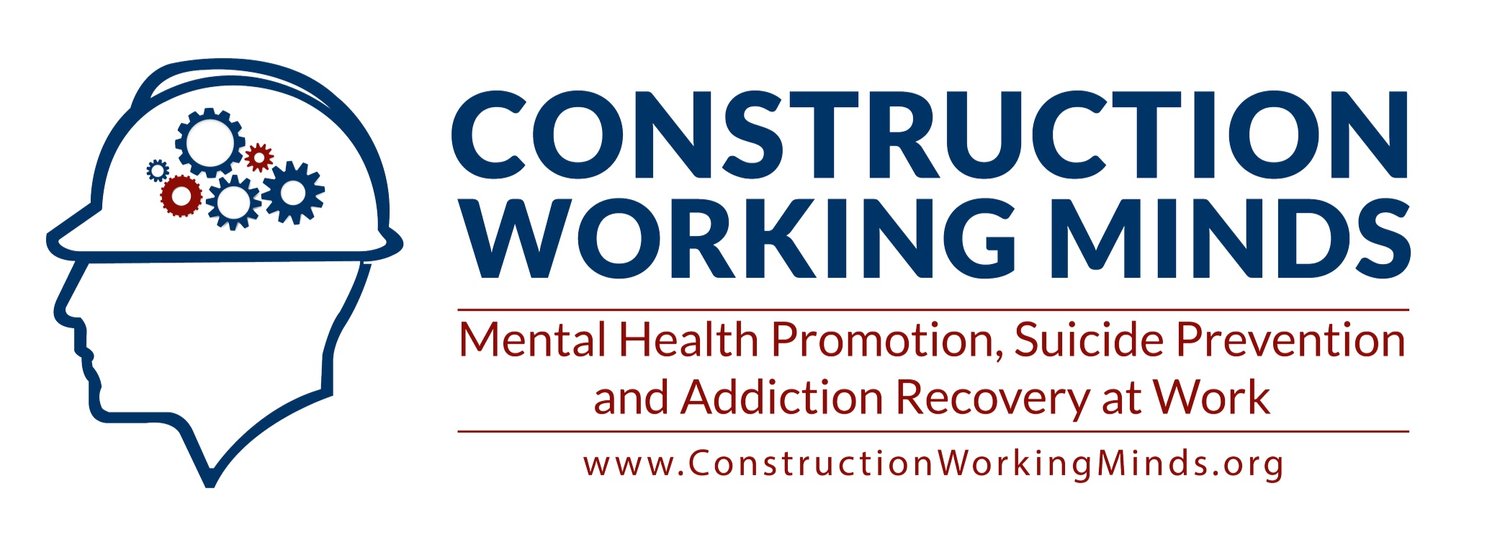By: Christian Moreno & Sally Spencer-Thomas
WHEN PEOPLE HEAR THE term “wellness,” they often think of physical wellness: sleeping eight hours a night, drinking 64 ounces of water a day and exercising for 30 minutes three times a week. Physical wellness is important, but it is only one dimension of overall wellness. Mental, social and emotional and spiritual conditions are key aspects of a person’s overall wellness.
Mental wellness involves always sharpening skills and committing to lifelong learning. It comes from a sense of inner responsibility to always finding ways to improve – increasing knowledge, asking critical questions, trying new things and advancing skill sets. Social and emotional wellness focuses on keeping relationships and emotional well-being intact. It’s about conflict resolution, self- esteem and coping skills. Finally, spiritual wellness involves committing to something larger – participating in a faith community, volunteering to serve the common good, standing up for injustice or appreciating nature.
When implementing wellness into the construction industry, the conventional wisdom has been, “Don’t invest in it” or “It has little impact.” These perceived challenges are exacerbated by the paradigm shared by American society: mental health issues are personal and taboo. Combine the cultural realities of the construction industry with the perceived financial challenges of investing in mental health and you get a recipe for disaster. It’s time to change the mindset.
As with any preventive maintenance process, wellness needs attention over the long haul. Unfortunately, when people are in crisis mode, wellness practices are often the first to go. And, just like when you neglect to change the oil in your car, the end cost is higher. When adversity hits, people will be in a much stronger position to maintain high performance, reframe disappointment and recover from trauma if they have reservoirs of resilience and mental health resources to rely on. Arguably, the preventive approach is the most effective way to save a greater number of lives from suicide. Read more...
